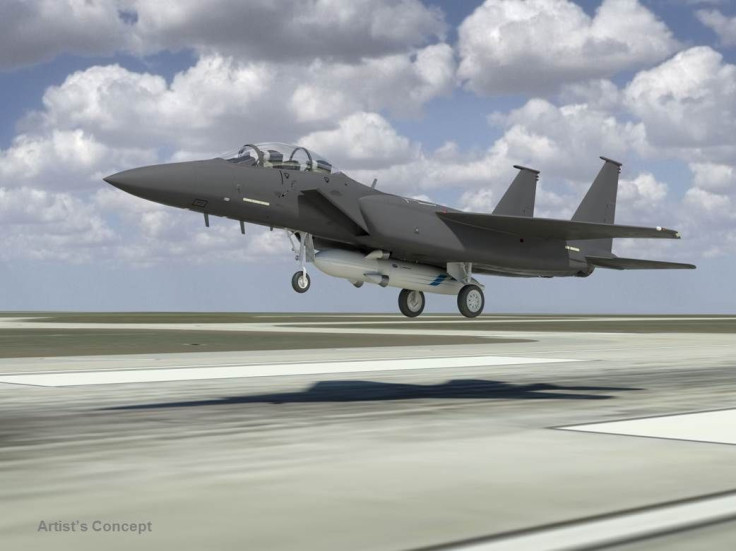Darpa Reveals Its Plans For The Future Of Land, Air, Sea, Space And Data

The unit of the Department of Defense that develops technologies for the U.S. military has released its biennial outlook for the future. Darpa (Defense Advanced Research Projects Agency) says it is focused on four key areas, from developing military systems to cyberdefense to prosthetics. The agency describes its future in "Breakthrough Technologies for National Security."
In many ways, Darpa's challenge is to keep the U.S. at the forefront of technology in every conceivable area. In an era when new technology is being developed at a faster pace, the U.S. has to act and react faster in order to maintain its dominance, Darpa says.
"The world around Darpa has changed dramatically," the report reads. "Those changes include some remarkable and even astonishing scientific and technological advances that, if wisely and purposefully harnessed, have the potential not only to ensure ongoing U.S. military superiority and security but also to catalyze societal and economic advances. At the same time, the world is experiencing some deeply disturbing technical, economic and geopolitical shifts that pose potential threats to U.S. preeminence and stability."
Darpa's report focuses on four areas: Rethink Complex Military Systems; Master the Information Explosion; Harness Biology as Technology; and Expand the Technological Frontier. For the agency, it's about getting faster and more nimble while taking advantage of some exciting technological breakthroughs.
For military systems, Darpa wants to make everything less complicated and easier to upgrade. These systems take decades to produce and upgrade, the agency said. Darpa wants to boost "electromagnetic dominance" by developing ways to identify and counteract enemy radar in real time; and improve its navigation system without using GPS. In keeping up with the need for being nimble, Darpa is developing the Airborne Launch Assist Space Access (ALASA) using space-plane systems that could launch satellites into space within 24 hours.
Initiatives to revamp Darpa's maritime strategy include the Upward Falling Payloads (UFP) program, through which cargo could be dropped to the ocean floor and remote-controlled to be sent to the surface; "underwater satellites" that can observe and track submarines from the ocean floor; long-range anti-ship missiles; and the Anti-Submarine Warfare (ASW) Continuous Trail Unmanned Vessel (ACTUV) program.
Creating secure communication systems and sifting through the avalanche of digital data are just two problems Darpa plans on tackling in the future. The Autonomous Real-time Ground Ubiquitous Surveillance-Imaging System (ARGUS-IS) is a motion video sensor that can track multiple targets at the same time. New translation devices are also in development.
Darpa's focus extends beyond warfare and is implementing new technology for prosthetics, infectious diseases and biology. In 2014, the Food and Drug Administration approved Darpa's modular arm and hand prosthesis that lets users shake hands and drink from a cup.
© Copyright IBTimes 2025. All rights reserved.





















